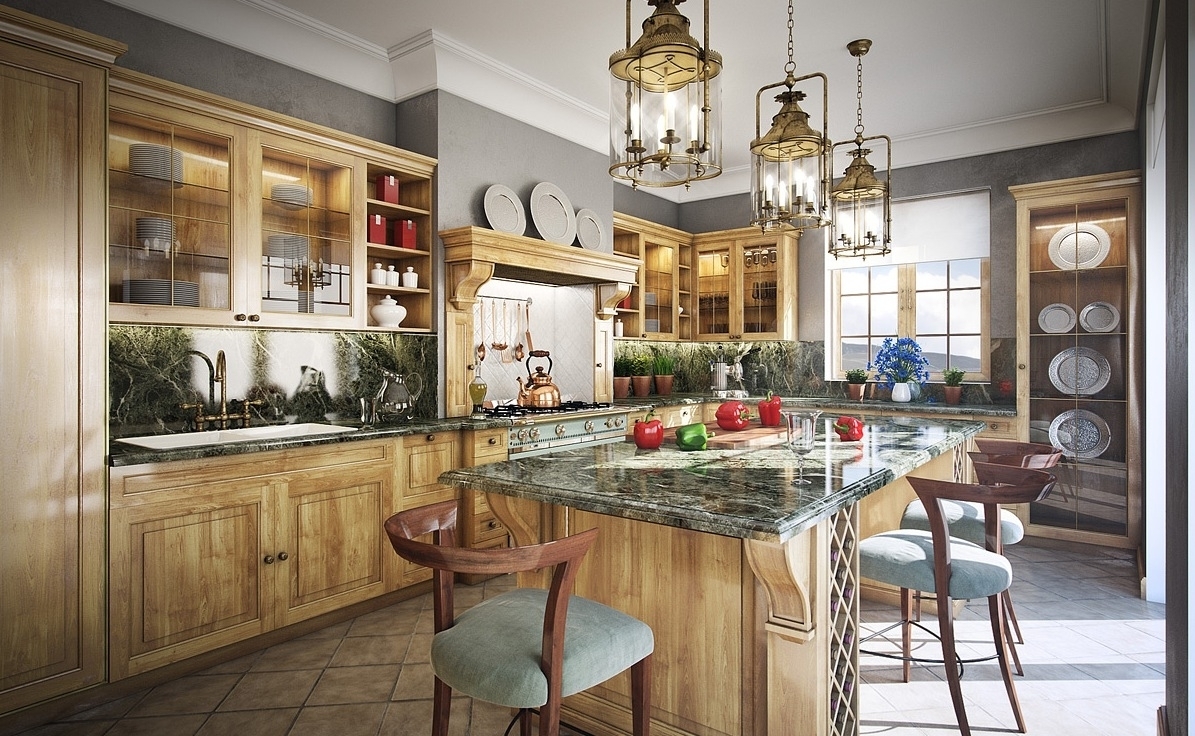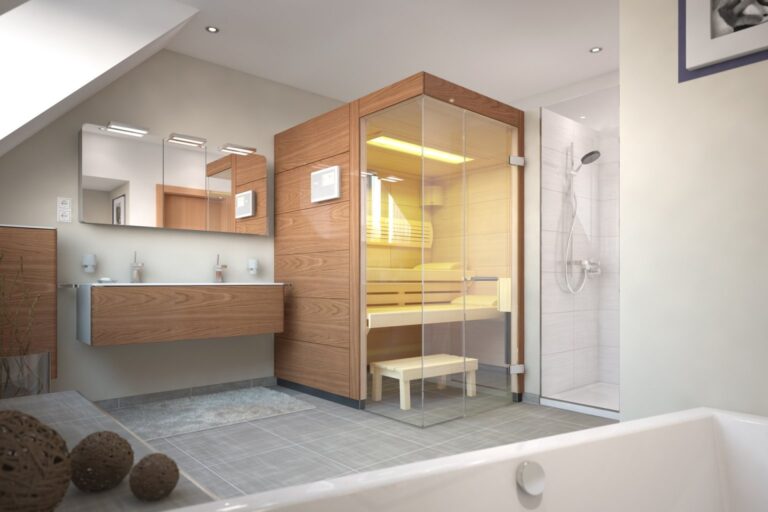
A Guide to Kitchen Lighting Options
Introduction
1.1 The Importance of Proper Kitchen Lighting
Kitchen lighting is not just about aesthetics; it plays a crucial role in functionality and safety. Properly lit kitchens ensure that you can cook, clean, and entertain with ease, creating a comfortable and inviting atmosphere.
1.2 Enhancing Your Culinary Experience
Beyond its practical aspects, good kitchen lighting enhances the overall experience of spending time in your kitchen. It sets the mood, highlights design elements, and contributes to the welcoming ambiance.
2. Understanding Different Lighting Types
2.1 Ambient Lighting
Ambient lighting provides overall illumination, ensuring the entire kitchen is well-lit. Consider overhead fixtures like chandeliers or flush-mounted lights to evenly distribute light.
2.2 Task Lighting
Task lighting focuses on specific areas where activities like chopping, cooking, or reading recipes take place. Under-cabinet lights and pendant lights are excellent choices for task lighting.
2.3 Accent Lighting
Accent lighting adds a touch of drama and style, drawing attention to architectural features or decorative elements. Consider using track lights or recessed lights to create focal points.
3. Choosing the Right Fixtures
3.1 Pendant Lights
Pendant lights hang from the ceiling and are ideal for providing focused task lighting above kitchen islands or dining areas. They come in various styles, from sleek and modern to rustic and vintage.
Read more on:
3.2 Under-Cabinet Lighting
Installed beneath cabinets, under-cabinet lighting illuminates countertops, making it easier to prepare meals. LED strips or puck lights are popular choices for this purpose.
3.3 Track Lighting
Track lighting consists of adjustable fixtures mounted on a track, allowing you to direct light where needed. It’s versatile and works well for both ambient and task lighting.
3.4 Recessed Lighting
Recessed lights are installed flush with the ceiling, providing ambient lighting without occupying visual space. They are suitable for kitchens with low ceilings and offer a clean, modern look.
4. Tips for Effective Kitchen Lighting Design
4.1 Layering Light Sources
Create a well-lit space by combining ambient, task, and accent lighting. This layering adds depth and flexibility to your kitchen lighting design.
4.2 Considering the Kitchen Layout
Adapt your lighting design to the layout of your kitchen. Ensure that each area, including workspaces and dining areas, has adequate lighting.
4.3 Incorporating Energy-Efficient Options
Opt for energy-efficient fixtures and bulbs to reduce energy consumption. LED bulbs are long-lasting and eco-friendly, making them an excellent choice for kitchen lighting.
5. Installation and Maintenance
5.1 DIY vs. Professional Installation
While some lighting installations can be DIY projects, it’s advisable to seek professional help for complex installations. This ensures safety and compliance with electrical codes.
5.2 Regular Maintenance Tips
Keep your kitchen lighting in top condition by cleaning fixtures regularly and replacing bulbs as needed. Regular maintenance prolongs the life of your lighting elements.
6. Popular Kitchen Lighting Trends
6.1 Smart Lighting Integration
Explore the convenience of smart lighting systems that allow you to control brightness and color temperature with your smartphone or voice commands.
6.2 Industrial-style Fixtures
Industrial-style pendant lights and fixtures add a trendy and eclectic touch to modern kitchens. Their raw, functional aesthetic complements contemporary design.
6.3 Statement Chandeliers
Chandeliers are making a comeback in kitchens, adding a touch of glamour and sophistication. Choose a statement chandelier that complements your kitchen’s style.
7. Budget-Friendly Options
7.1 LED Lighting
LED lighting is not only energy-efficient but also budget-friendly in the long run. These bulbs last longer and consume less energy than traditional incandescent bulbs.
7.2 Affordable Pendant Options
If you’re on a budget, there are plenty of stylish yet affordable pendant light options available. Look for sales or discounts to get quality fixtures at a lower cost.
8. Common Mistakes to Avoid
8.1 Insufficient Lighting
One common mistake is not having enough lighting in the kitchen. Ensure that all workspaces are adequately illuminated to facilitate tasks.
8.2 Ignoring Dimmer Switches
Dimmer switches offer flexibility in controlling the intensity of light. Don’t overlook their importance, as they allow you to create different moods in the kitchen.
9. Conclusion
In conclusion, choosing the right kitchen lighting is a balance between functionality, aesthetics, and efficiency. By understanding different lighting types, selecting suitable fixtures, and incorporating modern trends, you can transform your kitchen into a well-lit and stylish space.
5 Unique FAQs
- What is the best lighting for a small kitchen?
- In a small kitchen, a combination of recessed lights and under-cabinet lighting works well to maximize space and provide ample illumination.
- Can I install pendant lights over a kitchen sink?
- Yes, pendant lights can be a stylish and practical choice for illuminating the kitchen sink area, enhancing both functionality and aesthetics.
- How do I clean and maintain my kitchen lighting fixtures?
- Regularly dust and wipe down fixtures with a soft cloth. For pendant lights and chandeliers, consider removing them for a thorough cleaning periodically.
- Are there energy-efficient options for kitchen lighting?
- Yes, LED bulbs are energy-efficient options that not only consume less power but also last longer, reducing the need for frequent replacements.



